5 Art Therapy Exercises for Family: Strengthening Bonds Through Creativity
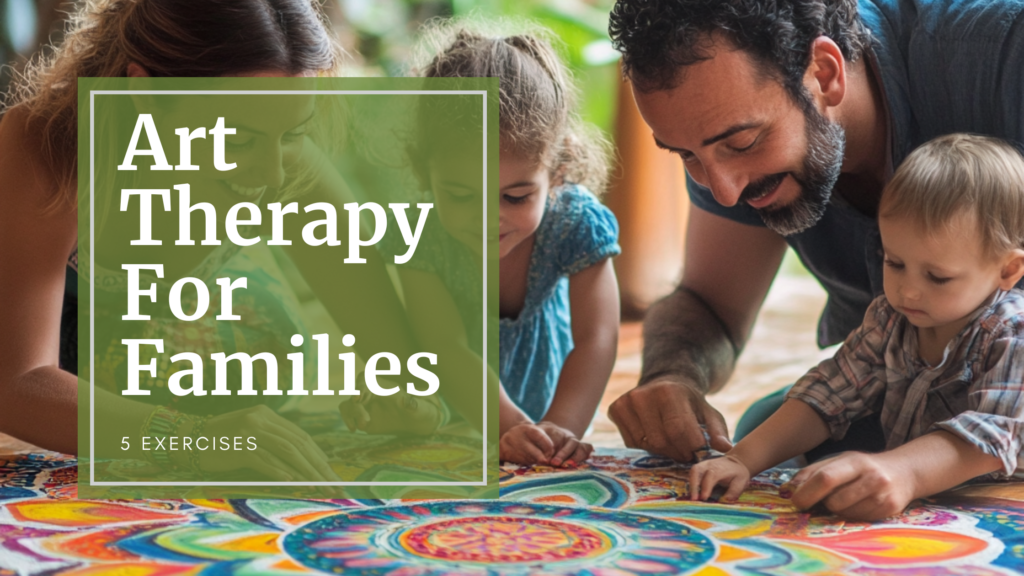
Table of Contents
- Introduction to Art Therapy for Families
- Family Mandala Creation
- Collaborative Story Quilt
- Emotion Sculpture Garden
- Family Tree Collage
- Expressive Family Portraits
- Conclusion
Introduction to Art Therapy for Families
In today’s fast-paced world, families often struggle to find meaningful ways to connect and communicate. Art therapy offers a unique and powerful solution to this challenge, providing a creative outlet for families to express themselves, work through conflicts, and strengthen their bonds. This blog post will explore five engaging art therapy exercises specifically designed for families, demonstrating how creativity can be a catalyst for positive change and deeper connections.
Art therapy is a form of expressive therapy that uses creative activities to improve mental, emotional, and physical well-being. For families, it can be an invaluable tool for enhancing communication, resolving conflicts, and fostering a sense of unity. The Art Therapy Practitioner Certification Course offers comprehensive training in this field, equipping professionals with the skills to guide families through transformative artistic experiences.
Before we dive into the exercises, it’s important to note that while these activities can be beneficial for many families, they are not a substitute for professional therapy when serious issues are present. If your family is dealing with significant challenges, consider seeking the guidance of a trained art therapist or mental health professional.
Now, let’s explore five art therapy exercises that can help strengthen family bonds and promote emotional well-being for all members.
1. Family Mandala Creation

Purpose:
Creating a family mandala encourages collaboration, symbolizes unity, and allows each family member to express their individuality within the context of the family unit.
Materials needed:
- Large circular paper or cardboard
- Colored pencils, markers, or paint
- Ruler
- Compass (optional)
Instructions:
- Place the large circular paper in the center of the table where all family members can reach it.
- Divide the circle into equal sections, one for each family member.
- Have each person decorate their section with colors, patterns, and symbols that represent themselves.
- In the center of the mandala, create a shared space where all family members contribute to a unified design.
- Once complete, discuss the individual sections and the center, exploring how they reflect each person and the family as a whole.
This exercise is particularly effective in promoting family unity while respecting individual differences. As noted in the art therapy activities for couples blog, creating mandalas can be a meditative and bonding experience, which extends to the family setting as well.
A case study from the Johnson family, featured on the Social Care Institute for Excellence website, highlights the importance of person-centered approaches in family support. The family mandala exercise aligns with this principle by allowing each family member to express their unique perspective within a collaborative framework.
Remember, there’s no right or wrong way to create a mandala. The process is just as important as the final product. Encourage open communication and mutual respect throughout the activity.
2. Collaborative Story Quilt
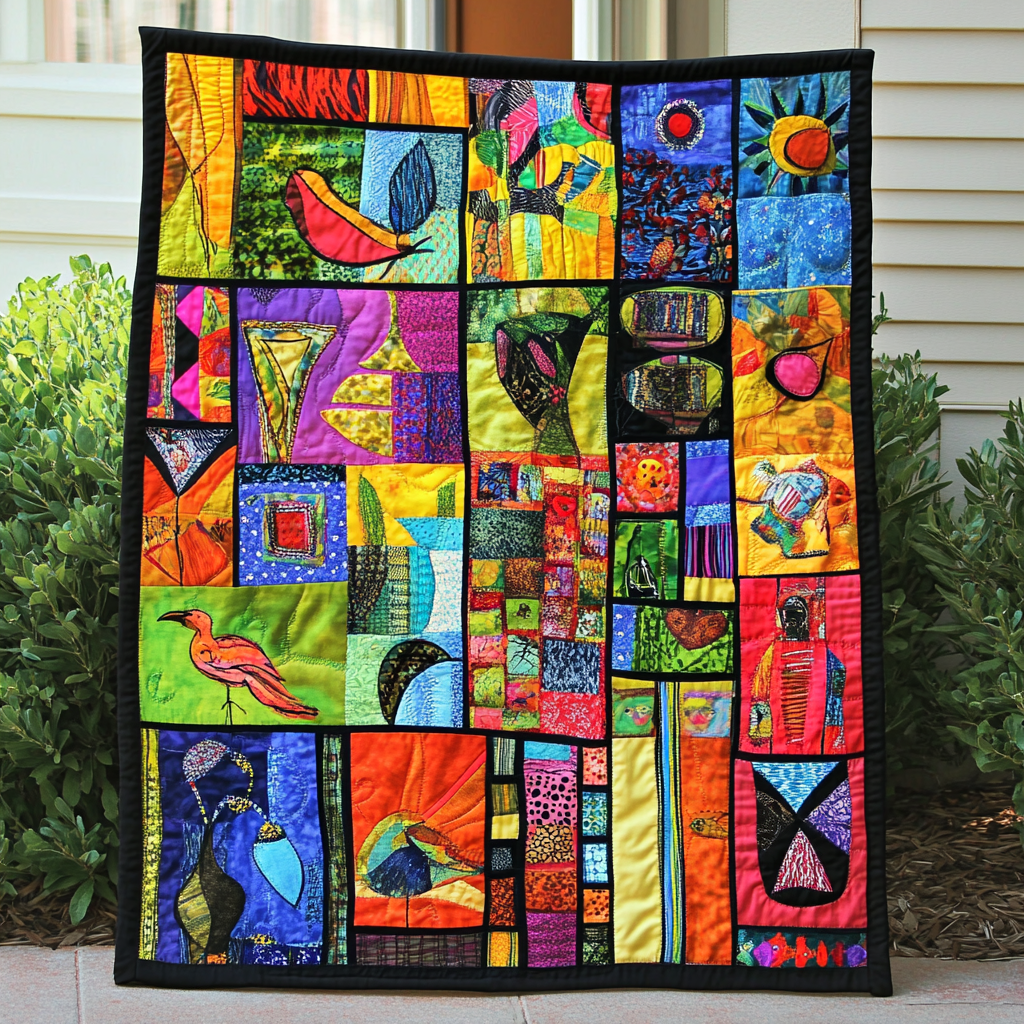
Purpose:
This exercise promotes storytelling, active listening, and collaborative creativity. It helps families explore their shared history and individual perspectives.
Materials needed:
- Large piece of fabric or paper
- Fabric paints or markers
- Scissors
- Glue
- Various decorative materials (buttons, ribbons, etc.)
Instructions:
- Divide the large fabric or paper into equal squares, one for each family member.
- Have each person think of a significant family memory or story.
- Each family member illustrates their chosen story in their square using the provided materials.
- Once all squares are complete, arrange them together to form a “quilt.”
- Take turns sharing the stories behind each square, encouraging questions and discussions.
This activity not only encourages creativity but also fosters a deeper understanding of each family member’s experiences and perspectives. It’s a powerful way to strengthen family narratives and create a tangible representation of shared memories.
The collaborative nature of this exercise aligns with the principles of family-centered care, as highlighted in the case study of Green Meadows Rehabilitation and Nursing Center. Their Spark Rehabilitation program emphasizes the importance of integrating all levels of care and family involvement, which is mirrored in the inclusive approach of the Story Quilt exercise.
For families dealing with addiction recovery, this exercise can be particularly meaningful. As discussed in the art therapy for addiction recovery blog, creative activities can help individuals express difficult emotions and experiences, fostering healing and understanding within the family unit.
Remember to approach this activity with sensitivity, as some family stories may be emotionally charged. Encourage a supportive and non-judgmental atmosphere throughout the process.
3. Emotion Sculpture Garden
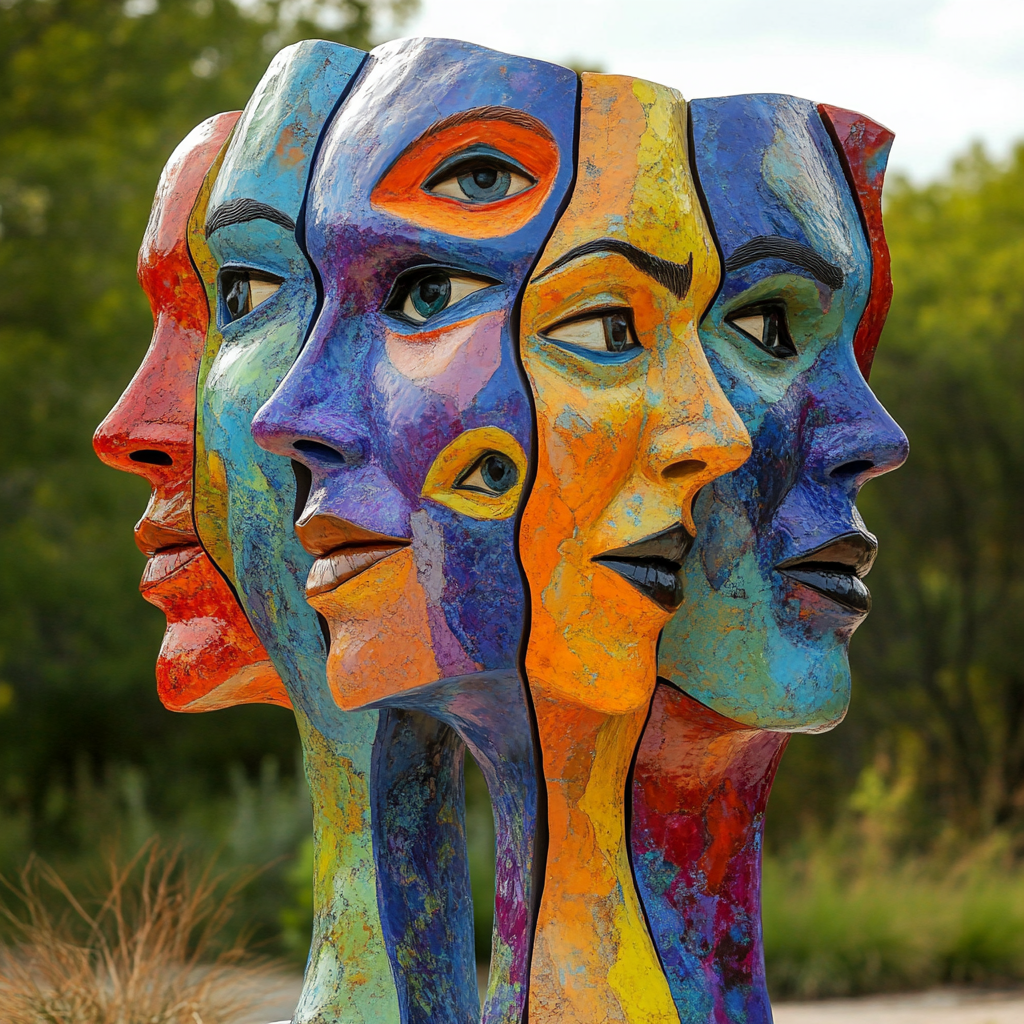
Purpose:
This exercise helps family members express and understand complex emotions through three-dimensional art, promoting empathy and emotional intelligence.
Materials needed:
- Clay or playdough (various colors)
- Sculpting tools (optional)
- Small base for each sculpture (e.g., cardboard squares)
- Labels or small pieces of paper
Instructions:
- Provide each family member with clay or playdough and a base.
- Ask everyone to think about different emotions they experience within the family dynamic.
- Have each person create small sculptures representing these emotions.
- Once complete, arrange all sculptures together to create an “Emotion Sculpture Garden.”
- Take turns explaining each sculpture, discussing what emotions they represent and why.
- Encourage family members to ask questions and share their interpretations of each other’s sculptures.
This exercise is particularly effective for families dealing with complex emotional dynamics. It provides a safe, non-verbal way to express feelings that might be difficult to put into words. The tactile nature of sculpting can be especially therapeutic, allowing for a physical release of emotional energy.
For families working through trauma, this exercise can be a gentle way to approach difficult topics. The 10 art therapy exercises for trauma recovery blog offers additional insights into how creative activities can support healing processes.
A case study from Riverside Community Care, as detailed on the BPC Magazine website, highlights the increasing need for mental health services and innovative approaches to care. The Emotion Sculpture Garden exercise aligns with this need by providing a creative outlet for emotional expression and family communication.
Remember, there’s no right or wrong way to represent emotions through sculpture. Encourage creativity and avoid judgments about the artistic quality of the creations. The focus should be on expression and understanding.
4. Family Tree Collage
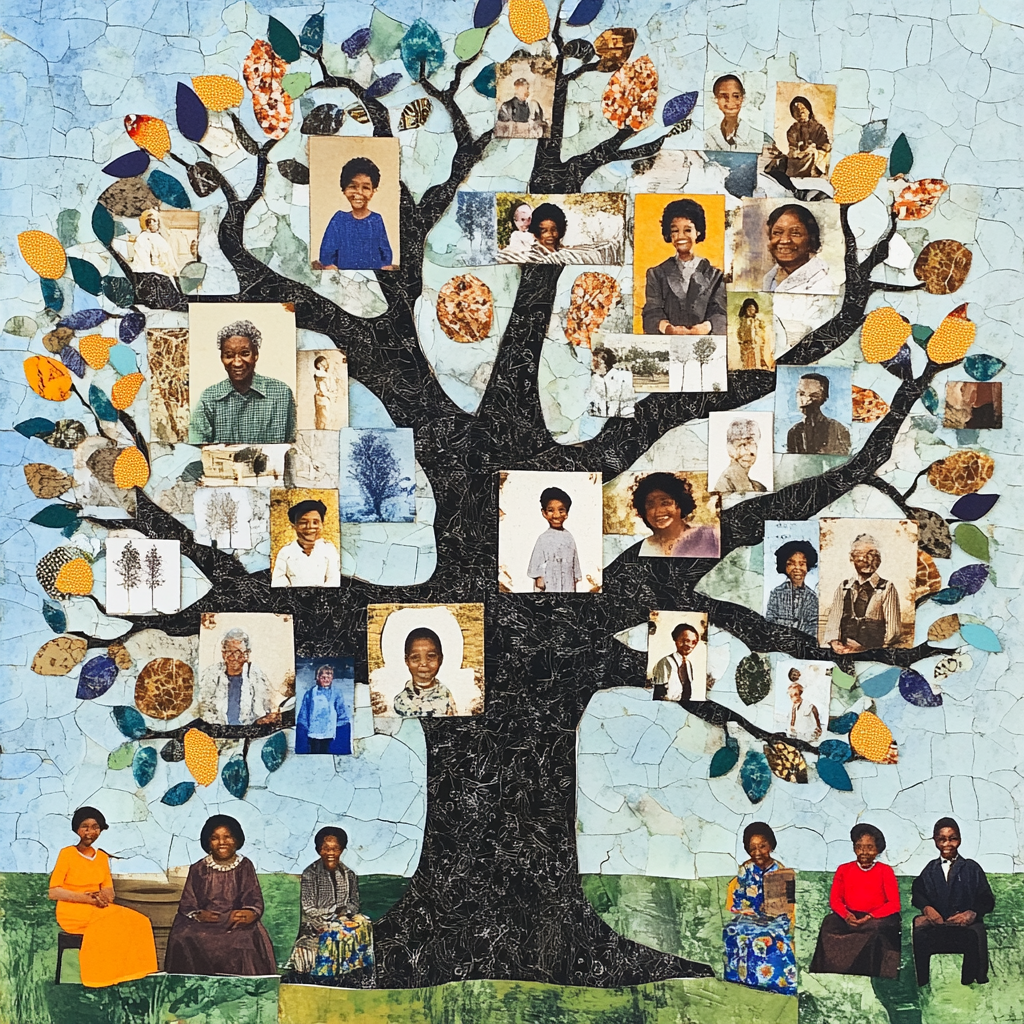
Purpose:
This exercise helps families explore their roots, celebrate their heritage, and strengthen intergenerational connections through visual storytelling.
Materials needed:
- Large poster board or canvas
- Old family photos (or printed copies)
- Magazines for cutting out images and words
- Scissors
- Glue sticks
- Markers or paint
- Decorative elements (stickers, ribbons, etc.)
Instructions:
- Start by drawing or painting a large tree on the poster board or canvas.
- Gather family photos, including extended family members if possible.
- Have family members cut out images and words from magazines that represent family values, traditions, or shared experiences.
- Arrange and glue the photos onto the tree, with older generations at the roots and younger ones on the branches.
- Fill in the spaces around the photos with the magazine cutouts and decorative elements.
- Encourage family members to add personal touches, such as hand-drawn symbols or written memories.
- Once complete, have a family discussion about the collage, sharing stories and memories associated with different elements.
This activity not only creates a beautiful visual representation of your family history but also opens up opportunities for storytelling and strengthening intergenerational bonds. It’s particularly valuable for families looking to connect with their cultural heritage or for those with adopted members who want to celebrate diverse family backgrounds.
The Family Tree Collage can be especially beneficial for seniors, helping them share their life experiences with younger generations. The 50 art therapy exercises for children, adults, and seniors resource offers additional ideas for intergenerational art activities.
Remember to approach this activity with sensitivity, especially if there are complex family dynamics or painful histories involved. The goal is to celebrate connections and shared experiences while respecting individual feelings and boundaries.
5. Expressive Family Portraits
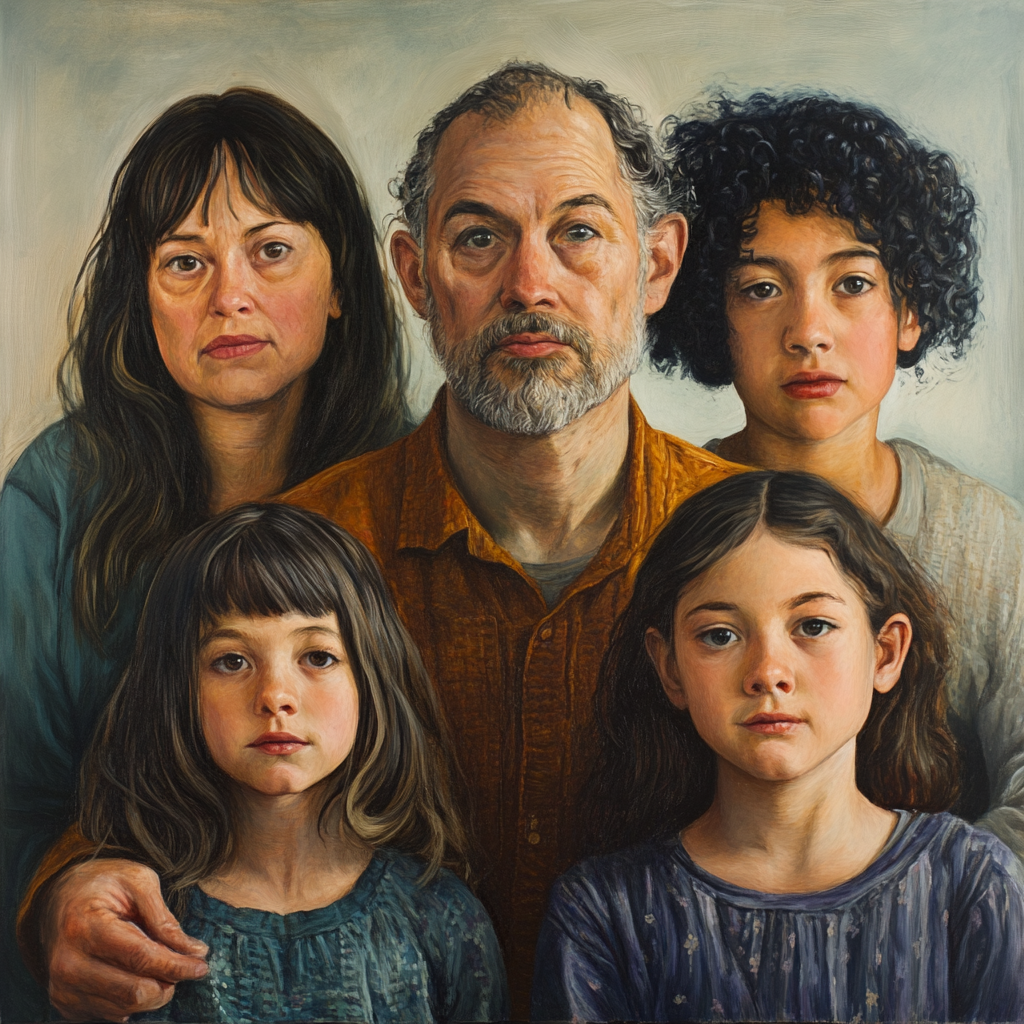
Purpose:
This exercise encourages family members to see each other in new ways, fostering empathy and appreciation for individual qualities and roles within the family.
Materials needed:
- Large sheets of paper or canvases
- Various art supplies (paints, colored pencils, markers, etc.)
- Mirrors (optional)
- Easels or flat surfaces for drawing/painting
Instructions:
- Assign each family member to create a portrait of another family member.
- Encourage participants to focus not just on physical appearance, but on capturing the essence, personality, and role of the person they’re depicting.
- Allow freedom in artistic style – portraits can be realistic, abstract, or symbolic.
- As they work, prompt family members to reflect on what they appreciate about the person they’re portraying.
- Once complete, have each artist present their portrait to the family, explaining their artistic choices and what they aimed to capture about the subject.
- The subject of each portrait can then share their reactions and feelings about how they were portrayed.
This exercise goes beyond traditional family portraits, allowing for deep emotional expression and newfound appreciation between family members. It can be particularly powerful for families working through conflicts or seeking to strengthen their emotional connections.
For those interested in exploring art therapy further, the introduction to art therapy course provides a comprehensive overview of how creative expression can support emotional well-being and family dynamics.
The Expressive Family Portraits exercise aligns with the holistic approach to care highlighted in the Green Meadows Rehabilitation and Nursing Center case study. Their commitment to resident-centered care emphasizes the importance of seeingeach individual as a whole person, which is mirrored in this art therapy exercise.
Remember, the goal of this exercise is not artistic perfection but emotional expression and connection. Encourage family members to focus on the process and the feelings it evokes rather than the technical aspects of their artwork.
Conclusion
Art therapy offers a unique and powerful way for families to strengthen their bonds, improve communication, and foster emotional well-being. The five exercises we’ve explored – Family Mandala Creation, Collaborative Story Quilt, Emotion Sculpture Garden, Family Tree Collage, and Expressive Family Portraits – provide creative avenues for families to express themselves, understand each other better, and create lasting memories together.
These activities can be particularly beneficial for families facing challenges or seeking to deepen their connections. As highlighted in the case studies from the Johnson family, Green Meadows Rehabilitation and Nursing Center, and Riverside Community Care, person-centered, creative approaches can make a significant difference in family dynamics and individual well-being.
For those interested in delving deeper into the field of art therapy, the Art Therapy Practitioner course offers comprehensive training to help you guide families through these transformative experiences. Additionally, the art therapy practitioner certification course provides professional-level training for those looking to make a career in this rewarding field.
Remember, the journey of family bonding through art therapy is ongoing. Regular engagement in creative activities can lead to lasting positive changes in family dynamics. Whether you’re a parent, child, or professional working with families, incorporating these art therapy exercises into your routine can open new pathways for understanding, empathy, and connection.
As you explore these exercises, remain open to the process and the insights it may bring. Art therapy is not about creating masterpieces, but about expressing, connecting, and healing. Embrace the imperfections, celebrate the effort, and most importantly, enjoy the shared experience of creating together as a family.

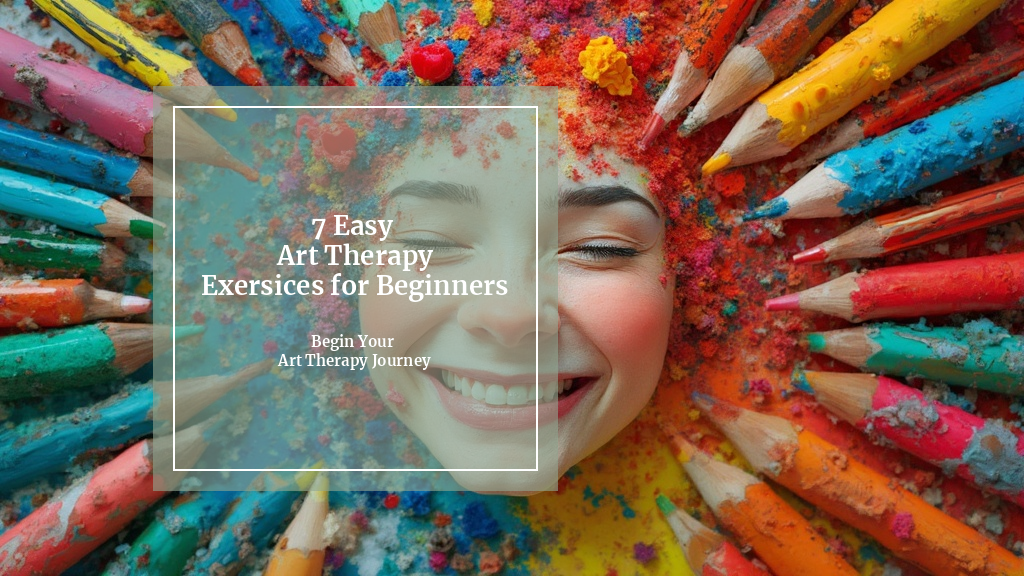
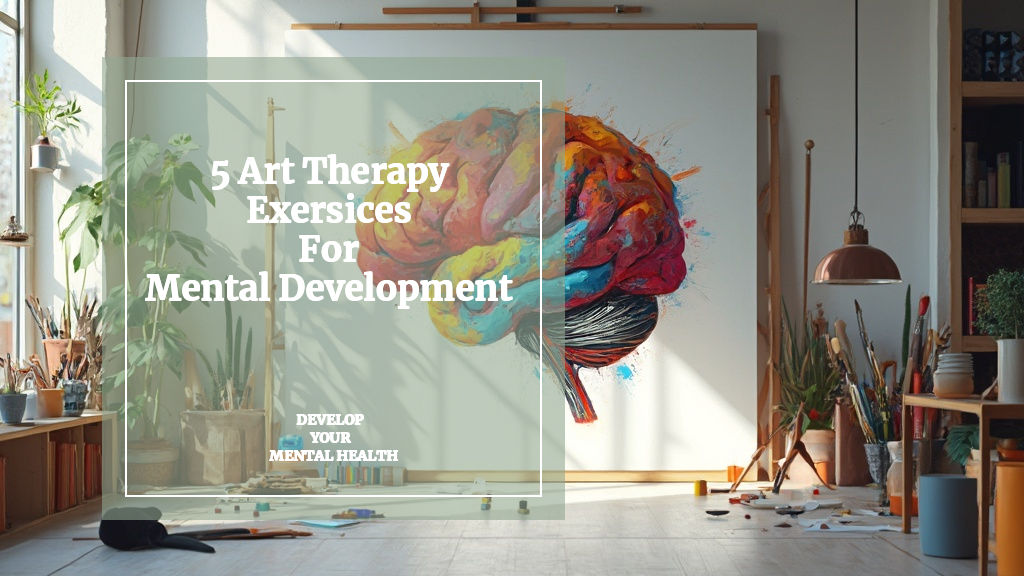
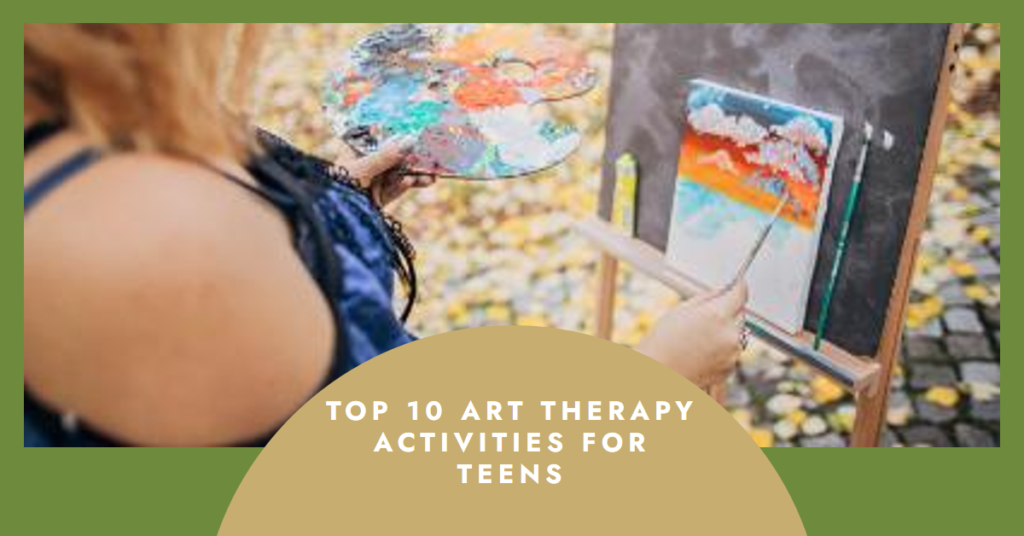
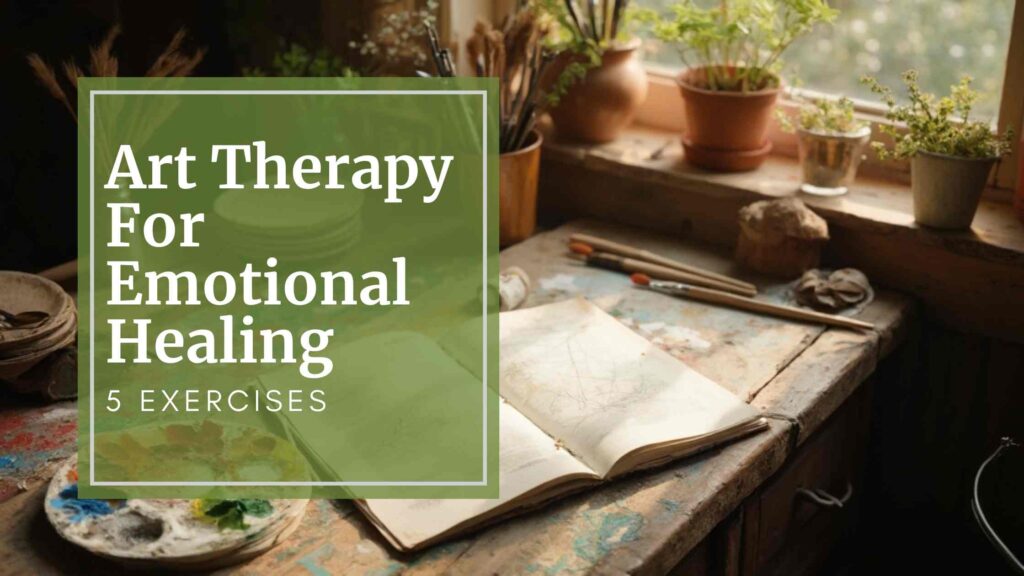
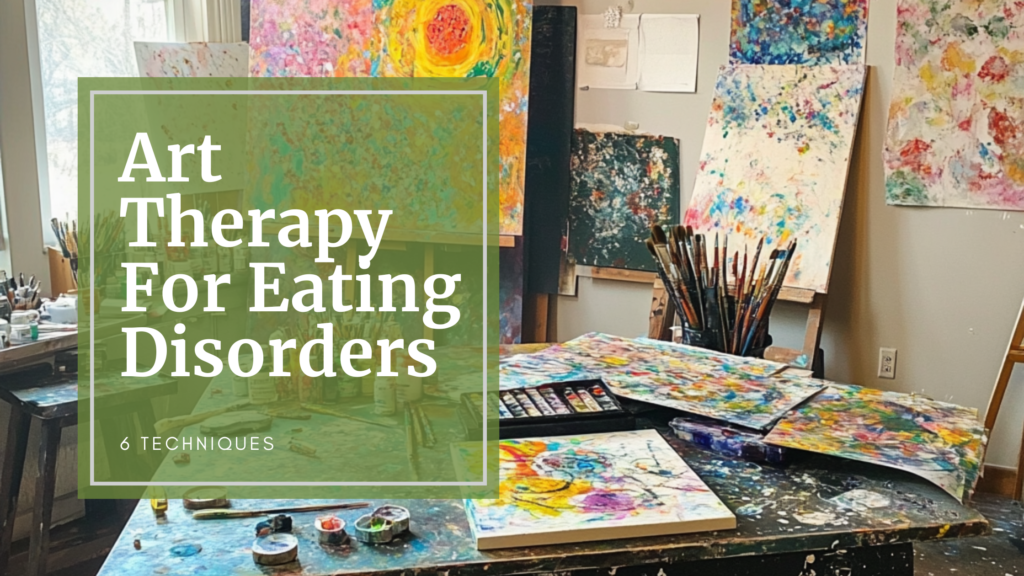


LOVE IT!! 💕🕊️